In 2021 and 2022, the Provincial Museum coordinated with the Institute of Archaeology to establish an Archaeological Team to conduct investigations, fieldwork, surveys, and comprehensive assessments of the system of relics in the province. Initially, more than 20 relics and traces with research potential were discovered and identified for archaeological exploration and excavation.
With the desire to help people and tourists from all over better understand the value of the province's typical and unique cultural heritages, following the success of previous exhibitions, on the occasion of the opening of the Ha Nam Culture - Tourism Week 2023 and the International Museum Day on May 18, the Department of Culture, Sports and Tourism coordinated with the Steering Committee for the establishment of the Ha Nam Cultural Heritage Association and private collectors in the province to organize the exhibition "National Treasures and Typical Antiques of Ha Nam Province" for the second time in 2023. Thereby contributing to promoting and introducing the value of the province's typical and unique cultural heritages, educating patriotism, national pride, raising public awareness of preserving and promoting historical and cultural traditions. At the same time, creating a useful playground for private collectors and antique lovers to have the opportunity to exchange, learn and exchange professional expertise.
The highlight of this exhibition space is to introduce to the public the national treasures of Ha Nam, including 2 treasures that have just been recognized by the Prime Minister, typical collections of artifacts of Ha Nam Provincial Museum, images and artifacts of the investigation, fieldwork, exploration, and archaeological excavation at relic sites and traces of ancient religious and belief works of Ha Nam that have just been discovered, and nearly 500 artifacts and images selected from private collectors.
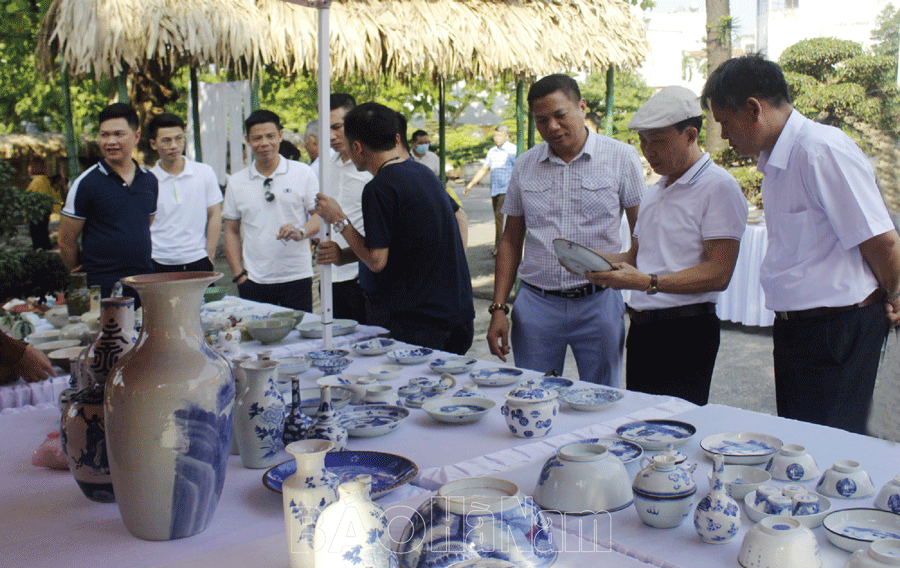
The most popular display is the one displaying Ha Nam's national treasures. Ha Nam currently has four national treasures, namely the Ngoc Lu Bronze Drum (currently kept at the Vietnam History Museum), the Tien Noi Bronze Drum 1, the Thien Dien Linh Stele and the Giau Pagoda Stone Stele. The provincial museum has erected a 1/1 version of the Sung Thien Dien Linh Stele for display. The content of the writing on the stele provides a lot of rare information, such as supplementing valuable historical documents about the life and career of King Ly Nhan Tong and Grand Chancellor Ly Thuong Kiet; reflecting the cultural activities of the royal court and the people of the Ly Dynasty; and the stone carving techniques of the Ly Dynasty. The Tien Noi Bronze Drum 1 is a rare bronze drum with the image of "Lac bird - Ca patterns", which can be said to be the only one among the Dong Son bronze drums discovered so far. The Giau Pagoda Stone Stele is the original, unique, rare, and only version, dating back to the Tran Dynasty in Ha Nam.
In 2021 and 2022, the Provincial Museum coordinated with the Institute of Archaeology to establish an Archaeological Team to conduct investigations, fieldwork, surveys, and comprehensive assessments of the system of relics in the province. Initially, more than 20 relics and traces with research potential were discovered and identified for archaeological exploration and excavation.
At Chuong Cave, Thanh Nghi Commune (Thanh Liem), through exploratory excavation, the Archaeological Team discovered about 1,000 fossilized prehistoric mollusk relics (including both fresh and salt water), more than 100 pieces of prehistoric and historical pottery; about 350 stone tools dating back about ten thousand years ago from the Hoa Binh culture period. In particular, in the core area of the Tam Chuc Scenic Landscape Complex, dozens of caves and rock shelters of great archaeological value belonging to the Hoa Binh culture were discovered. Con Hen 1, Con Hen 2 belong to the Dong Son culture and the caves, rock shelters, and Karst wells are very valuable in terms of natural landscape, related to the geological formation millions of years ago. The above discoveries are extremely important and are considered the key to archaeological research and excavation, gradually decoding the mysteries of the history and culture of Tam Chuc land.
Based on the survey and identification, the Archaeological Team also organized archaeological excavations at a number of ruins, such as the remains of a tomb tower located in the grounds of Lanh Giang Temple (Moc Nam Commune, Duy Tien Town), architectural remains at Van Mong Pagoda (Tuong Linh Commune, Kim Bang District), excavation of Hang Doi 4 in the Tam Chuc Scenic Landscape Complex (Ba Sao Town, Kim Bang District); Tien Thanh Cong Chua Cave (Kien Khe Town, Thanh Liem District), excavation of the remains of Thuong Temple in the Lang Temple Complex (Liem Can Commune, Thanh Liem District). The results of the survey and excavation have shown that the potential for archaeological research in Ha Nam Province is very large, and can supplement completely new understandings of prehistoric archaeology that Vietnamese archaeology has never known before on this land.
In addition to the exhibition space, the Department of Culture, Sports and Tourism of Ha Nam also coordinated with the Vietnam Fine Arts Museum to organize a thematic exhibition: "Buddhist sculpture art through the collection of the Vietnam Fine Arts Museum". The exhibition introduces 21 artifacts that are versions of typical sculptures, unique forms with artistic value, reflecting the history and Buddhist ideology of the nation through many periods. The Amitabha Buddha statue of Phat Tich Pagoda (Phat Tich Commune, Tien Du District, Bac Ninh) is the largest stone Buddha statue of the Ly Dynasty that exists today, the statue represents the quintessence of stone sculpture art. The stone lion statue pedestal of Ba Tam Pagoda (Duong Xa Commune, Gia Lam District, Hanoi) is the embodiment of intellectual power in Buddhism, typical of the art of creating pedestals of the Ly Dynasty. The Kim Cuong statue of Long Doi Son Pagoda (Tien Son Commune, Duy Tien Town, Ha Nam) shows the development of the form of pagodas and towers of the Ly Dynasty. The statue of Avalokitesvara with a thousand eyes looking at her hand at But Thap Pagoda (But Thap village, Dinh To commune, Thuan Thanh district, Bac Ninh) is a unique work of Vietnamese Buddhist art in the 17th century. The art of creating the Avalokitesvara statue at But Thap Pagoda can be considered a classic model of the Avalokitesvara with a thousand hands and eyes in Vietnam. The statue of Tuyet Son and 16 ancestors of Ke Dang at Tay Phuong Pagoda (Thach Xa commune, Thach That district, Hanoi) is a typical representative of Buddhist sculpture in the 18th century. These are statues in the system of Buddha statues that are considered the most beautiful in the art of creating wooden statues in Vietnam. Through the exhibition, the Vietnam Museum of Fine Arts aims to expand cooperation, introduce and promote the collection of Buddhist statues and national treasures to the general public of Ha Nam.
With a reasonable exhibition space, the layers of antiquities are displayed scientifically, viewers can easily visualize the history, the age of the antiquities and especially can visualize the past historical periods and traditional cultural features in Ha Nam land. Looking deeply into the layers of antiquities on display, we can see the soul of a period that has receded into history, but it is that soul that makes Ha Nam people proud, love for their homeland surges and is the driving force to build their homeland and country more and more beautiful.
Chu Binh
Source link



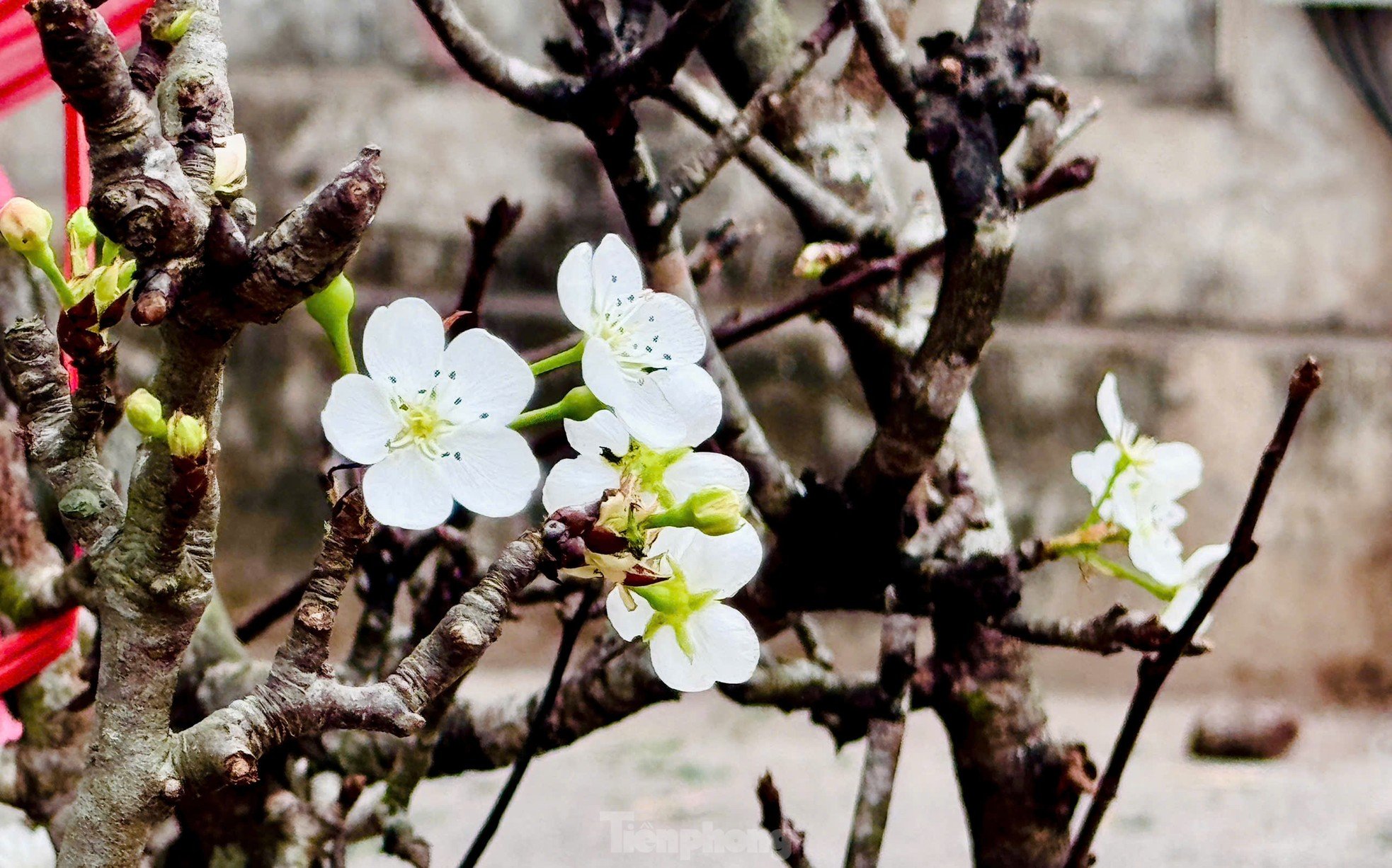
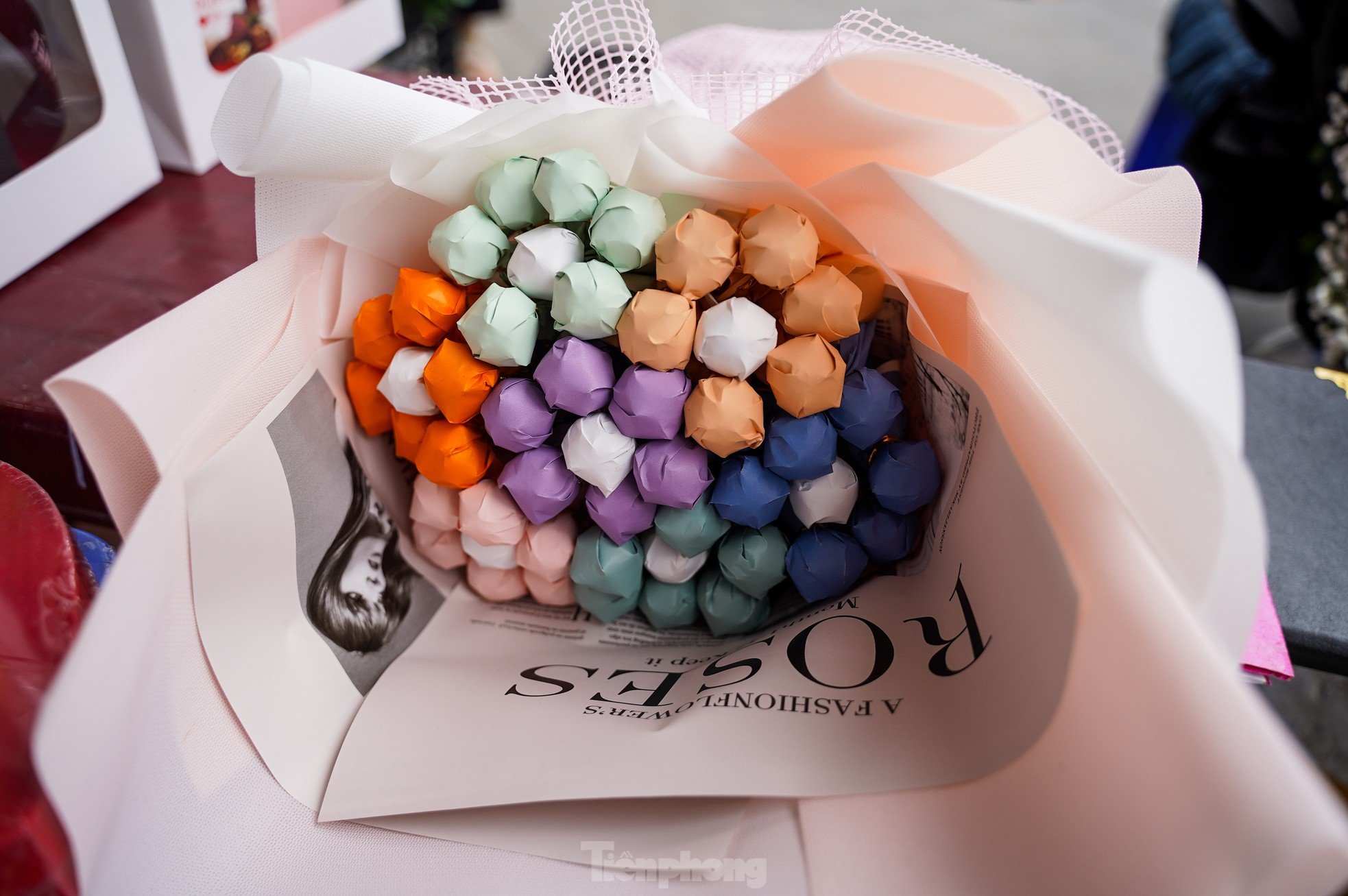
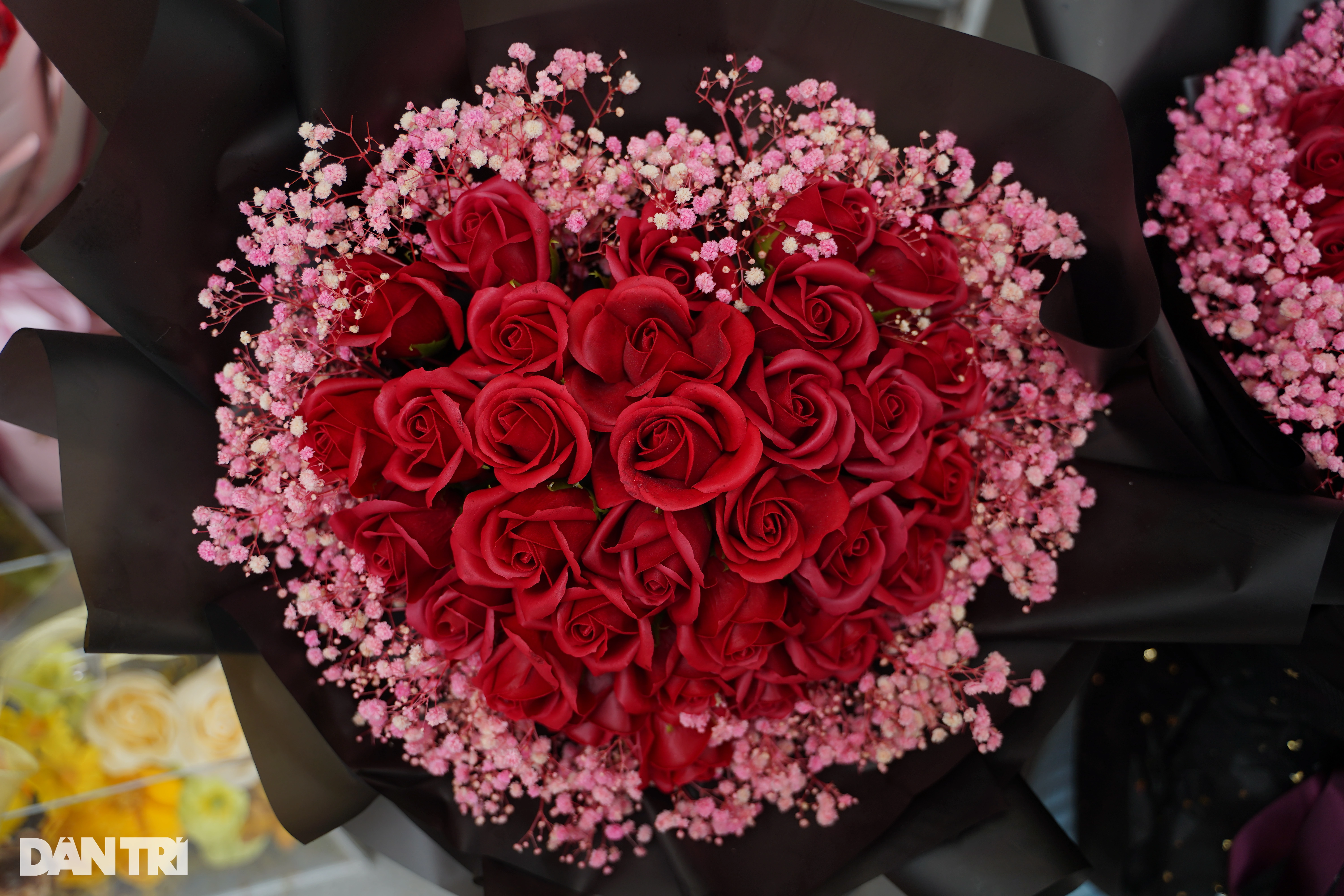
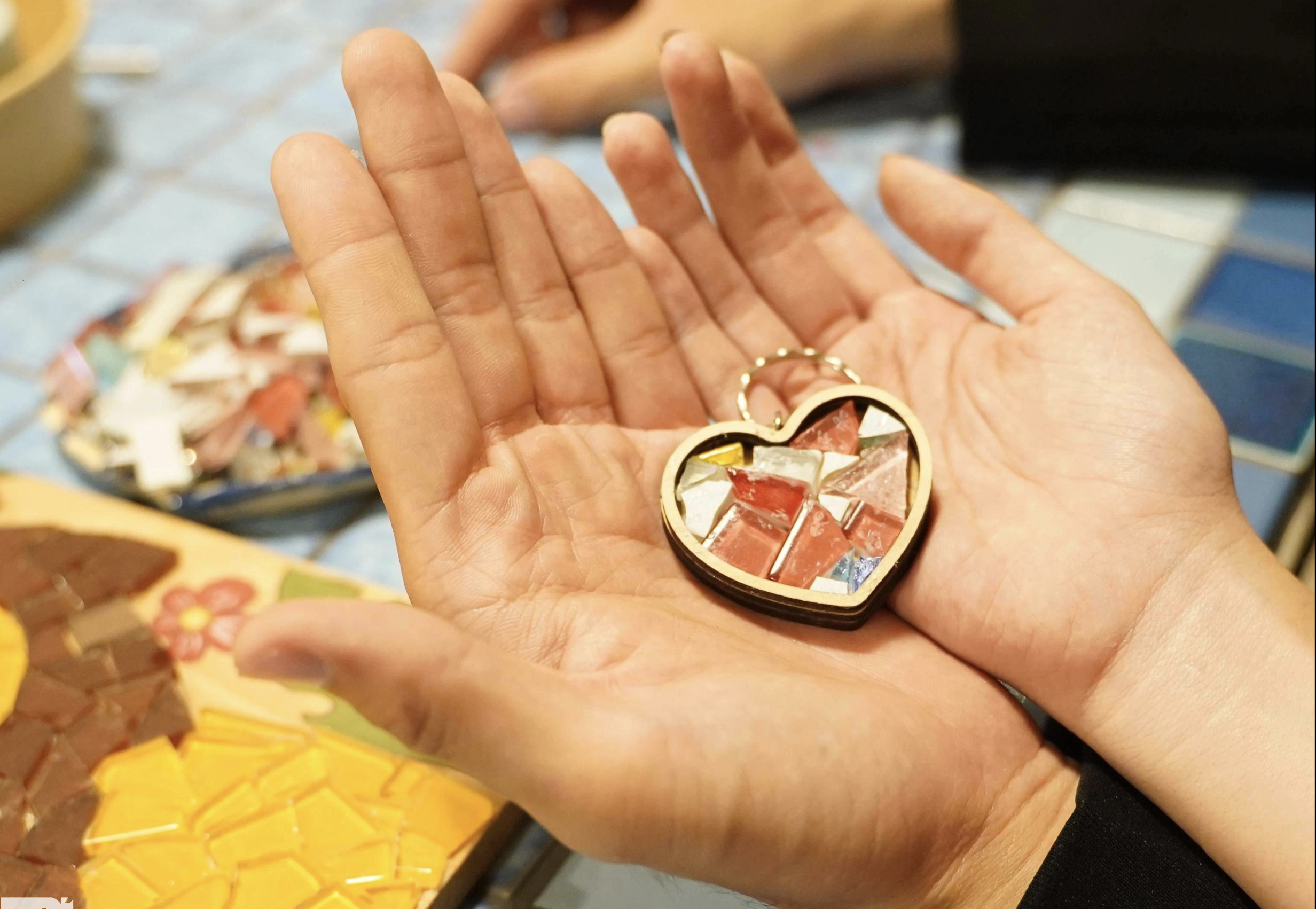























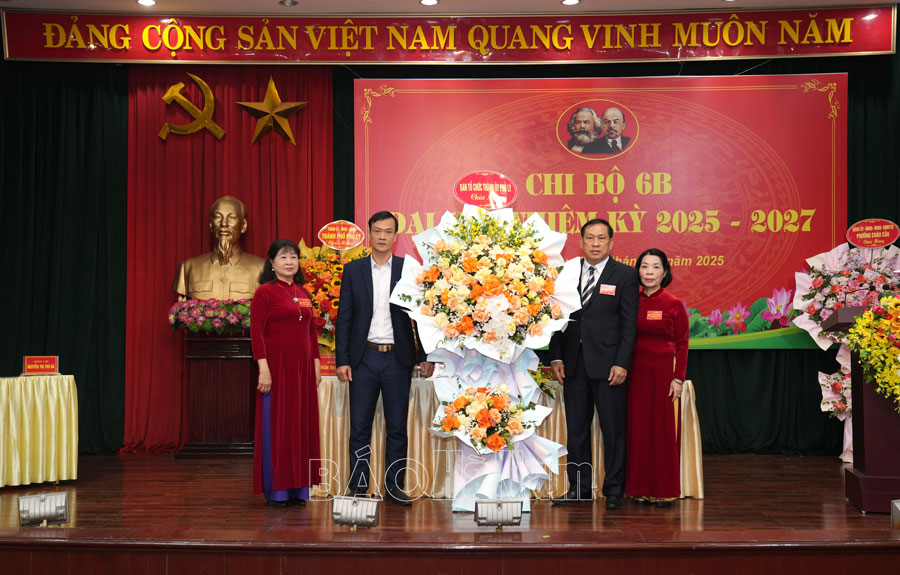

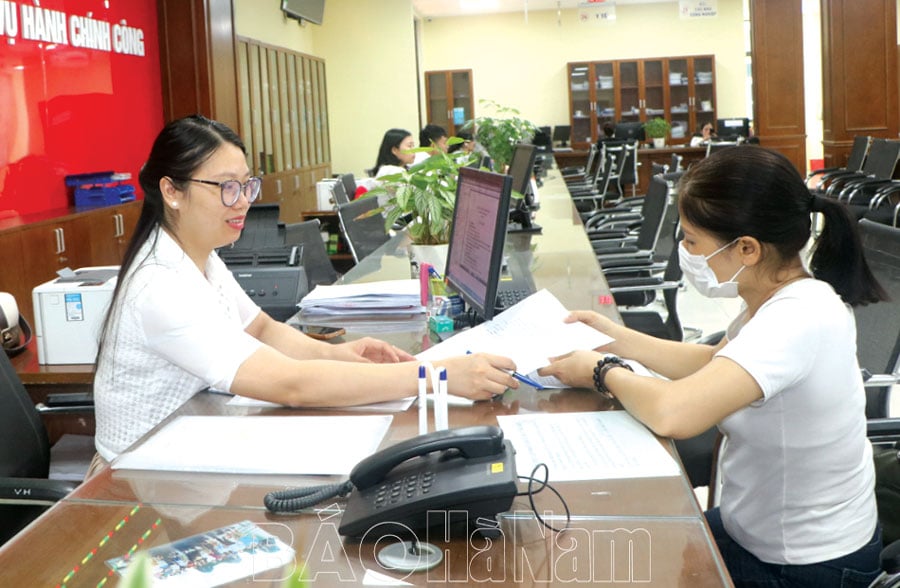
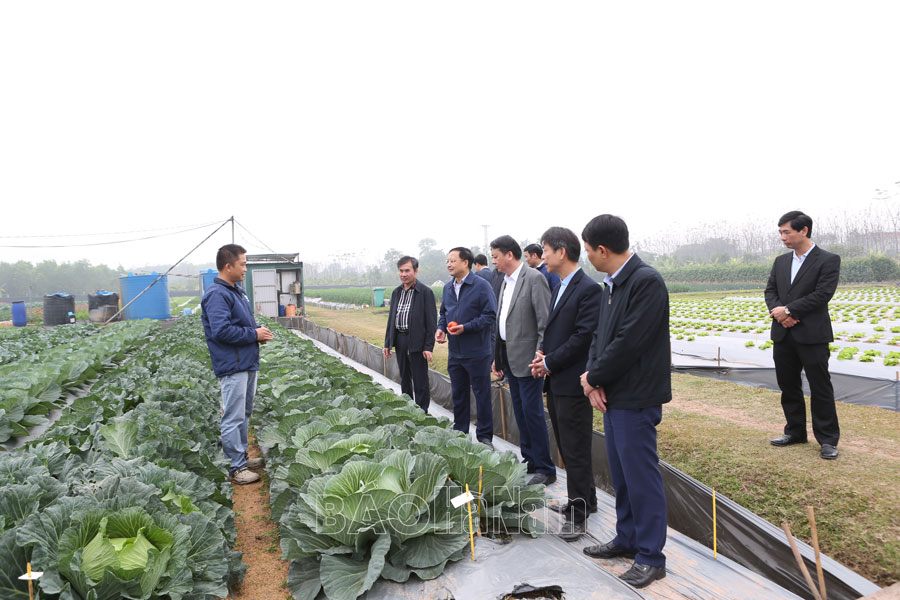
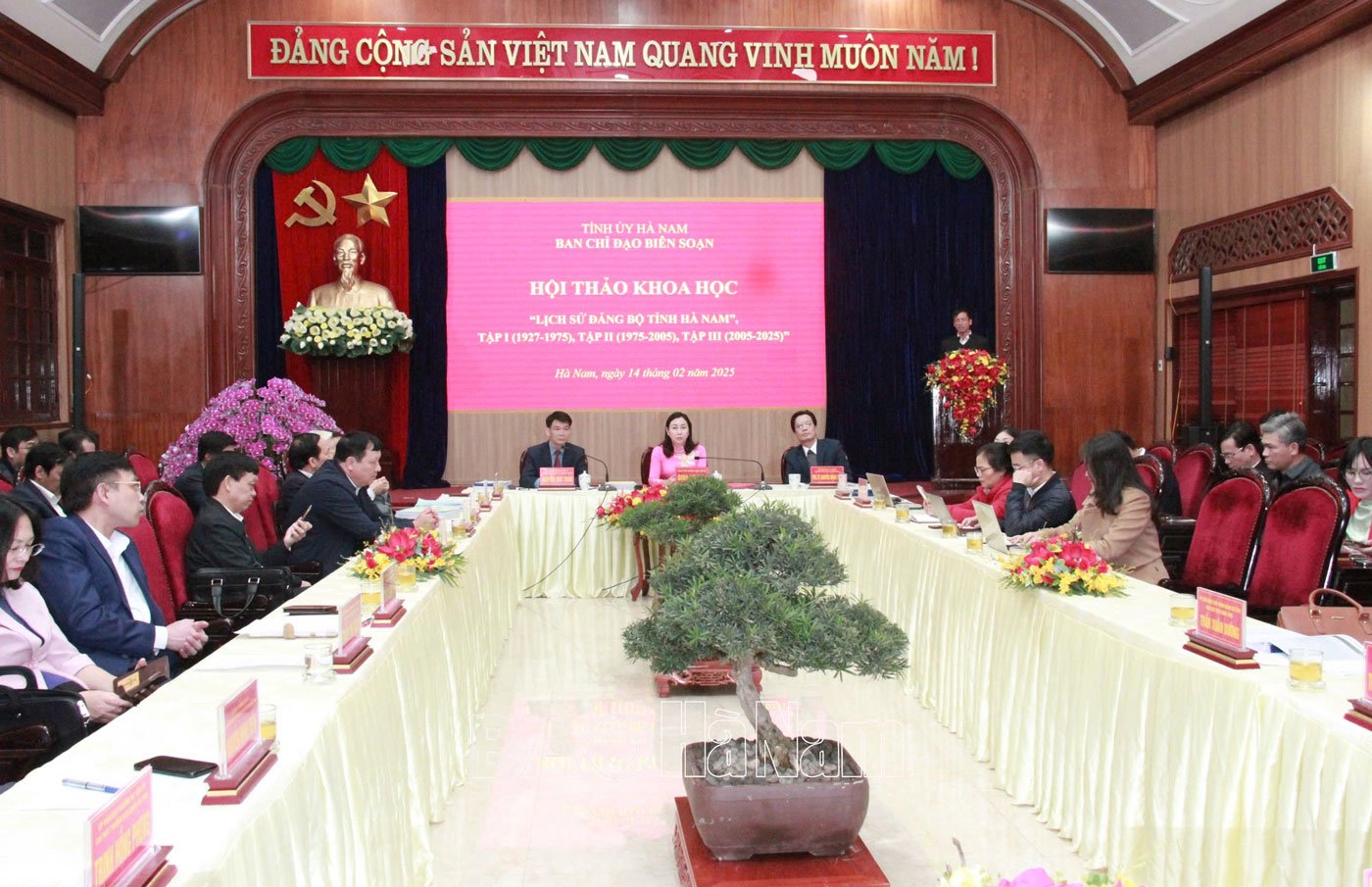
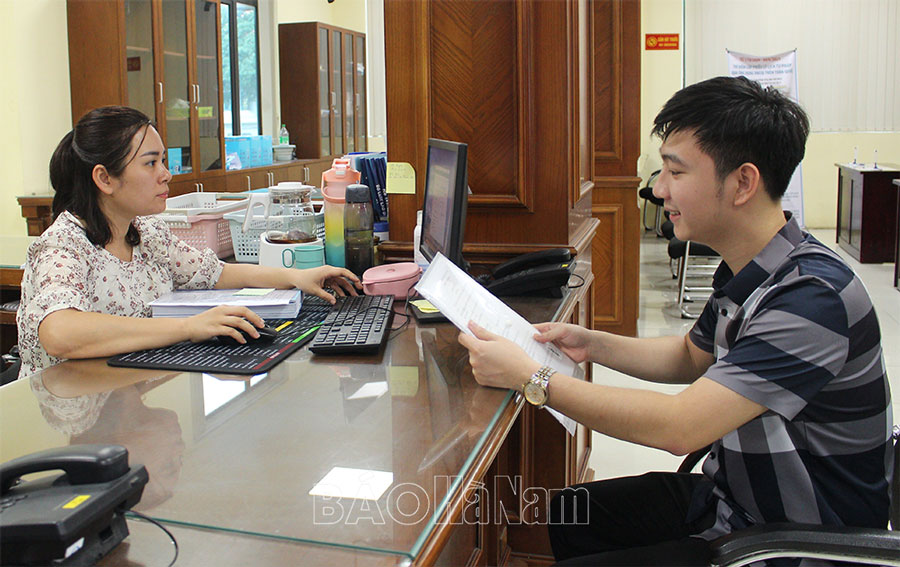
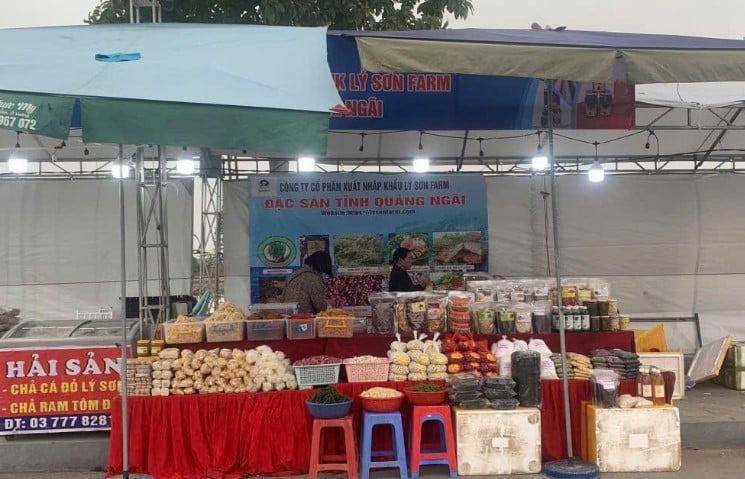
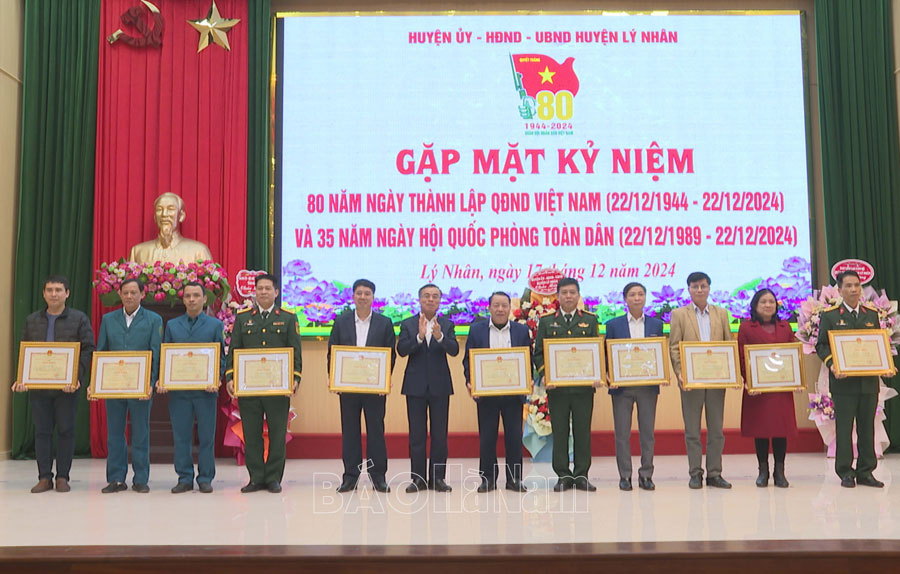
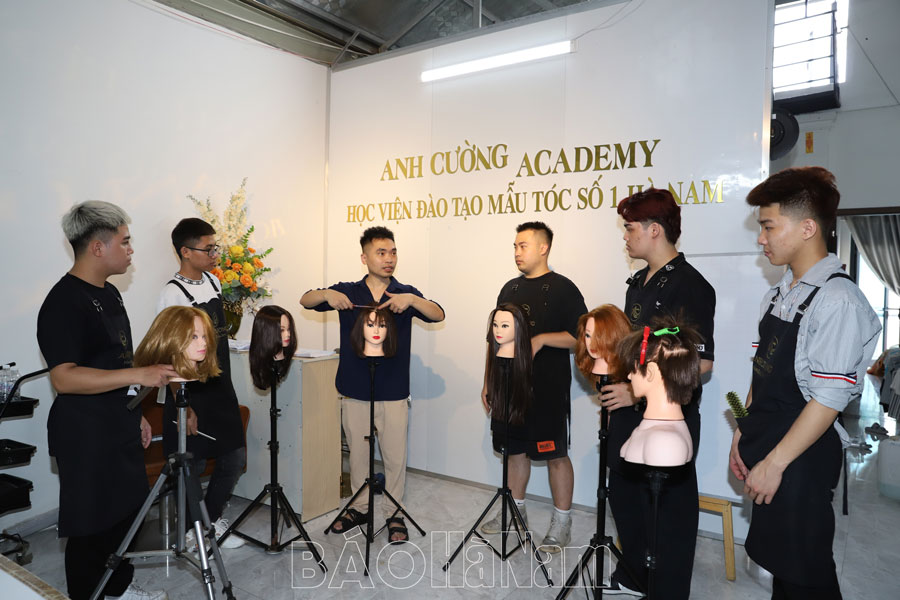
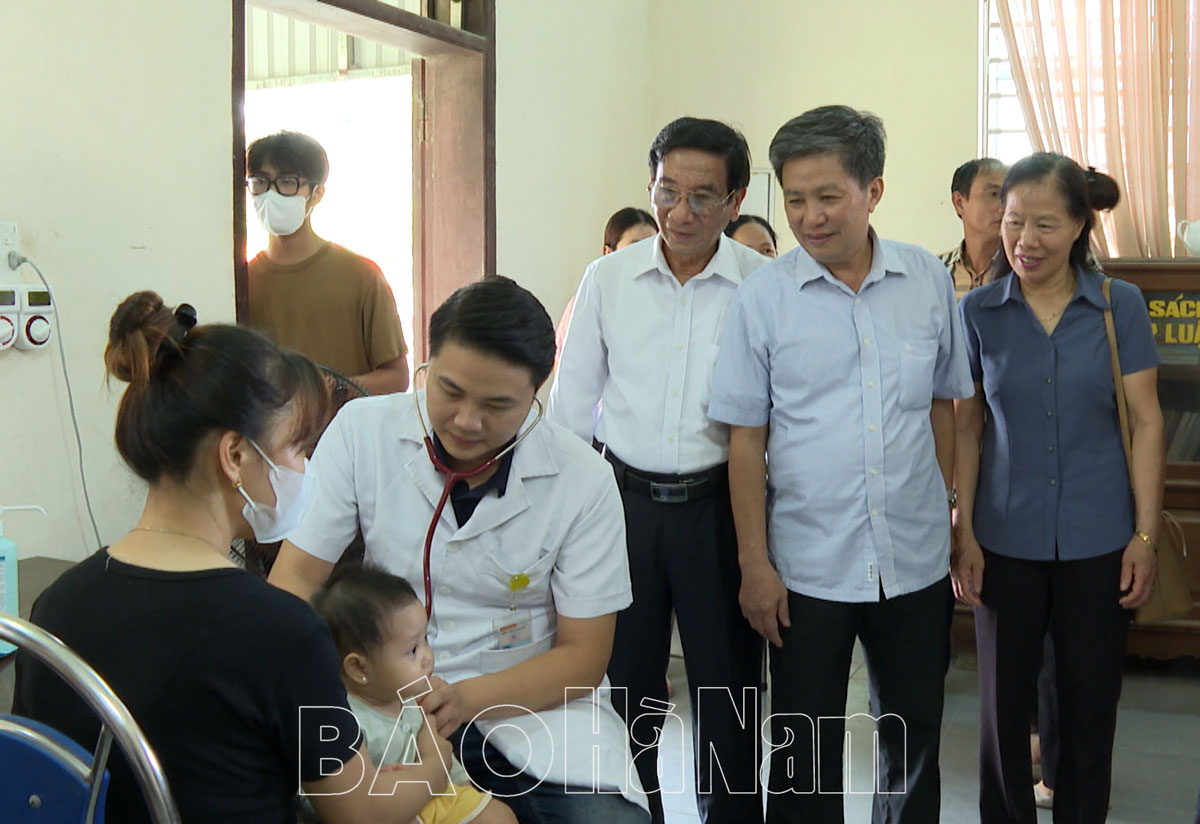


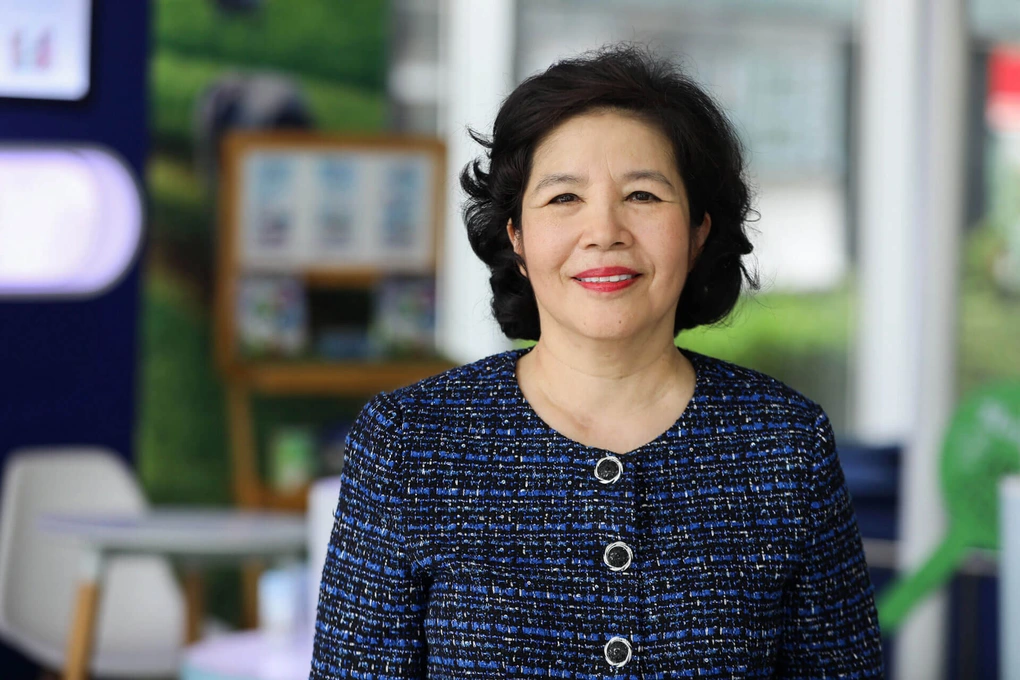

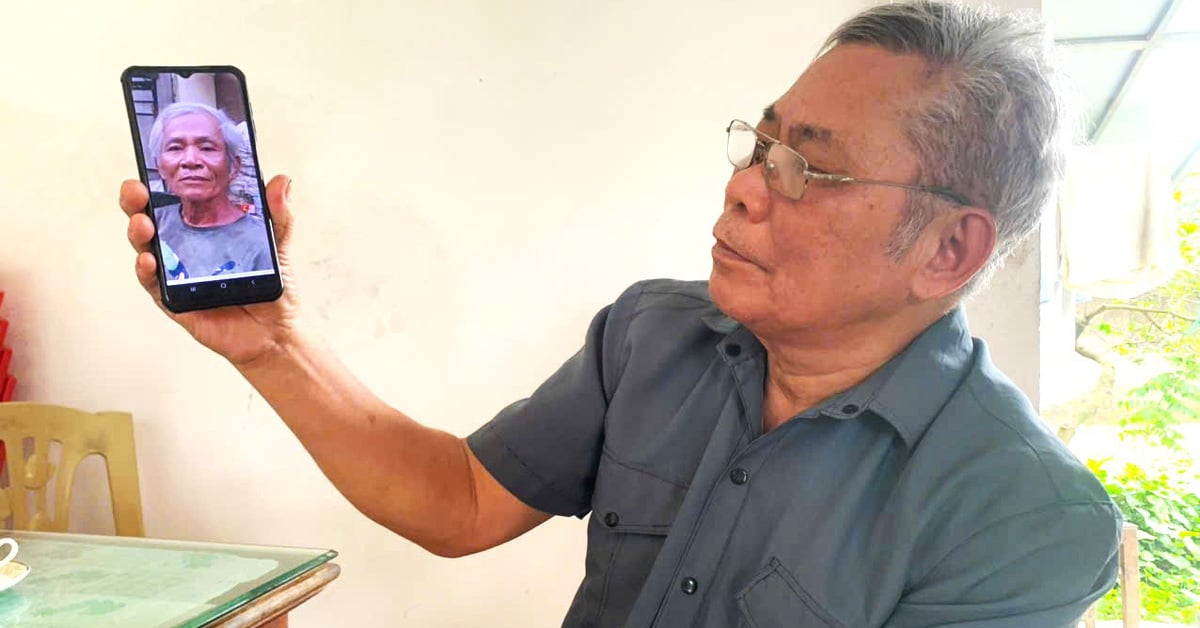

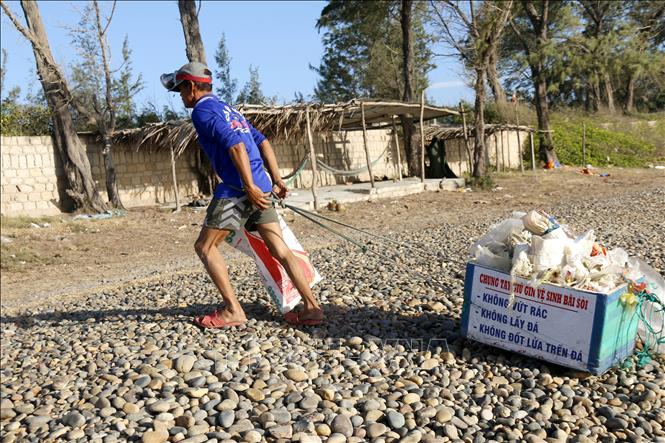

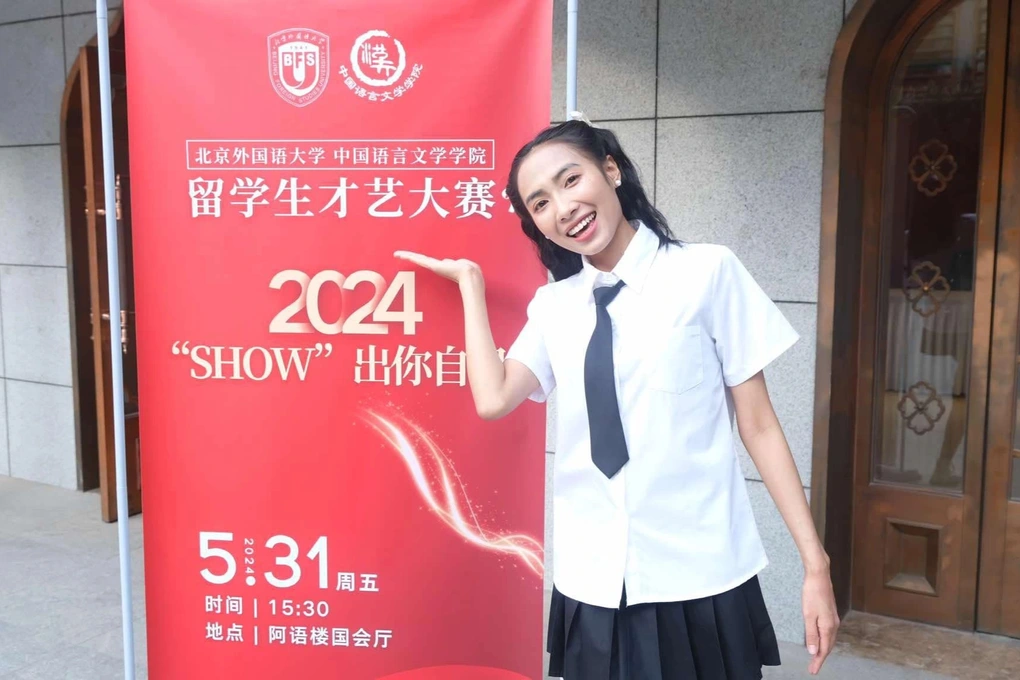
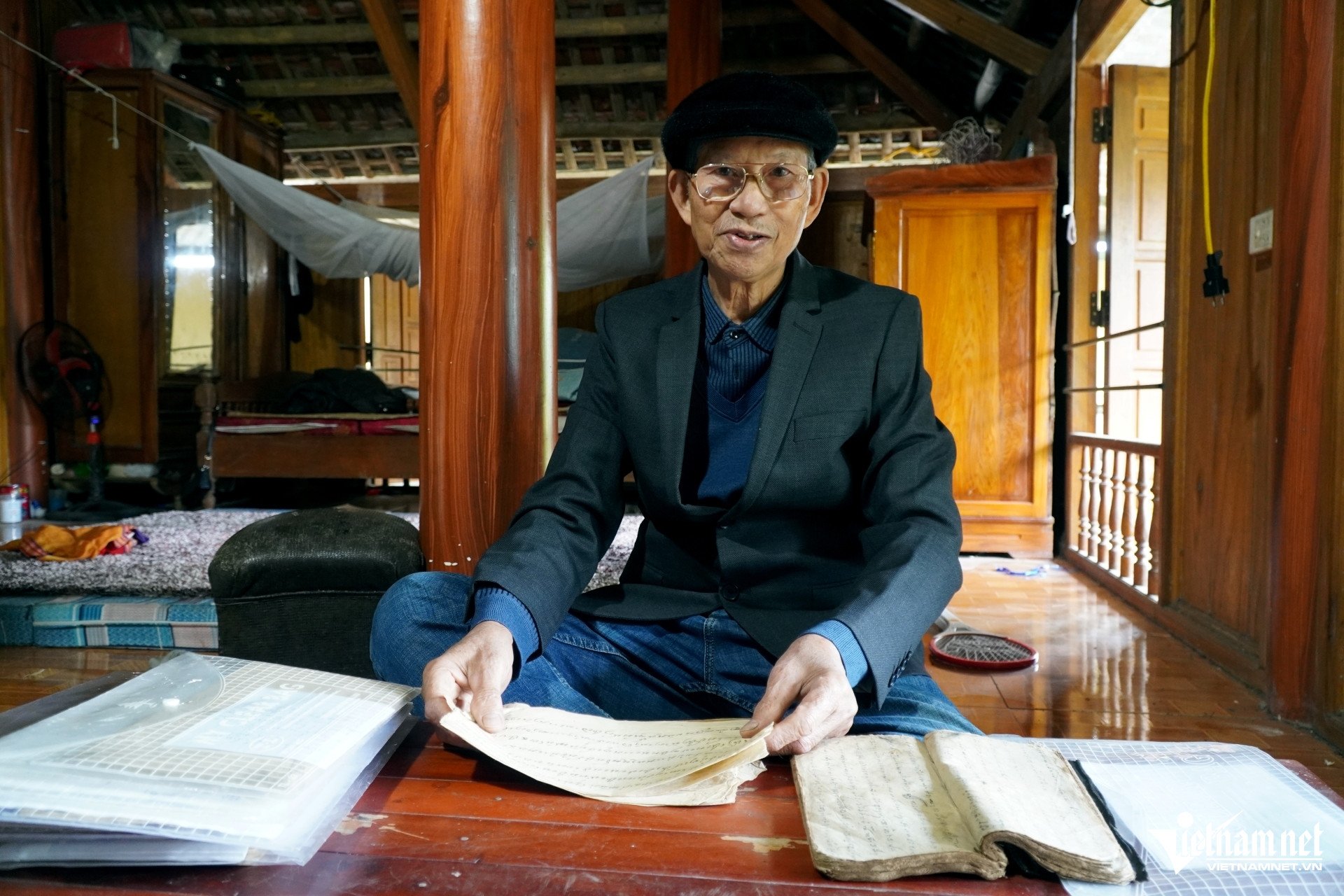





Comment (0)